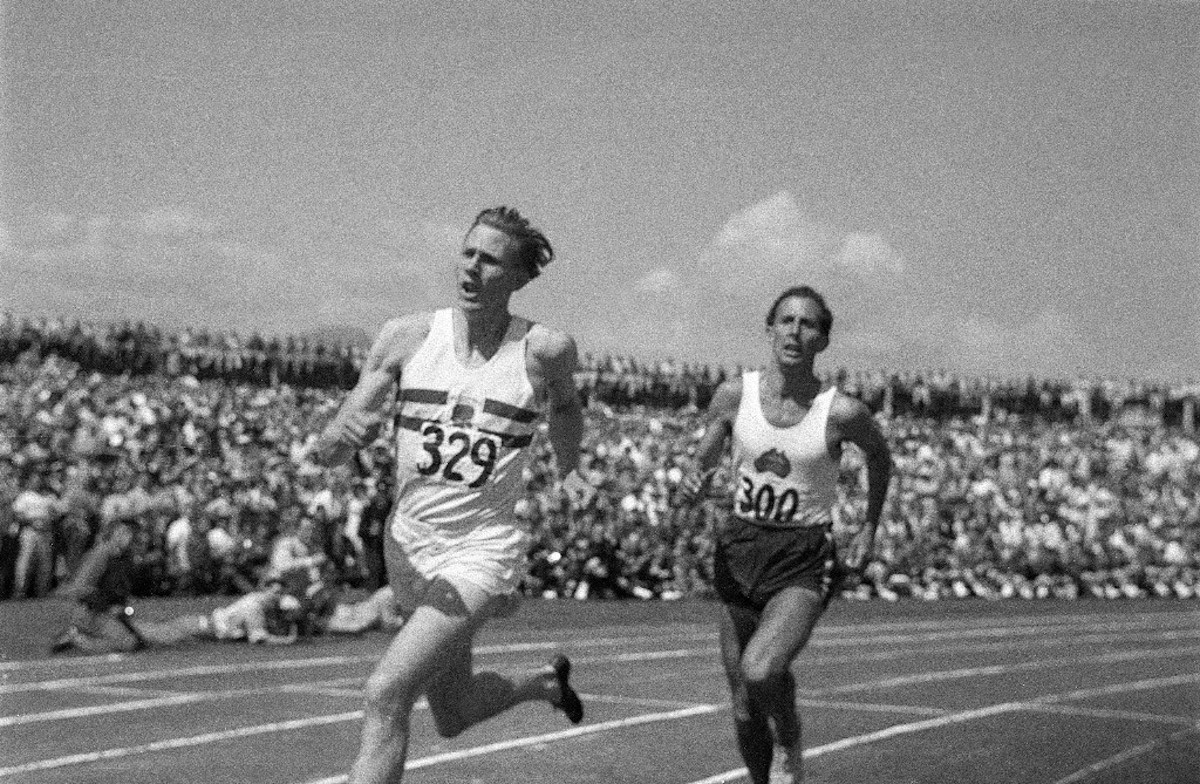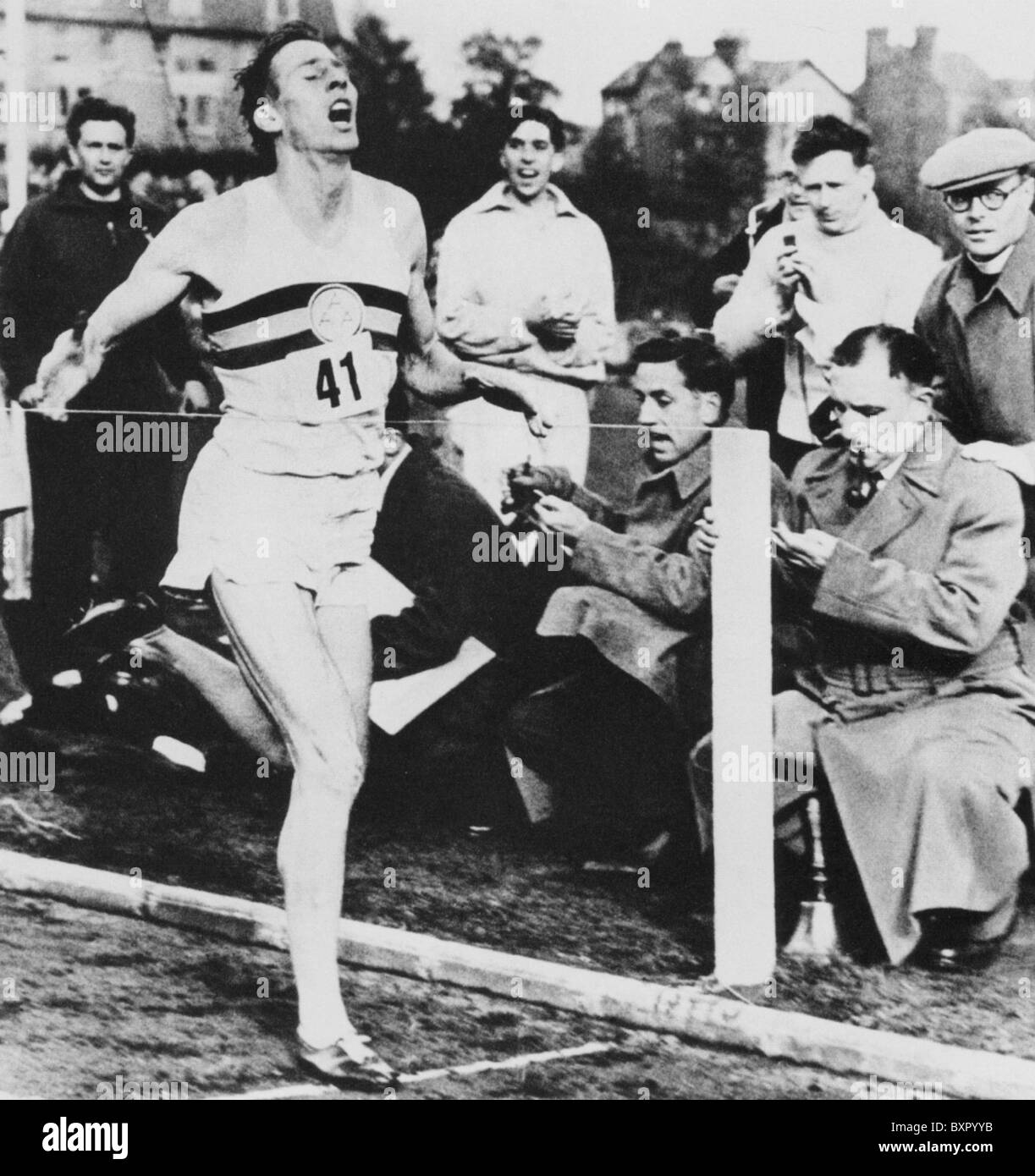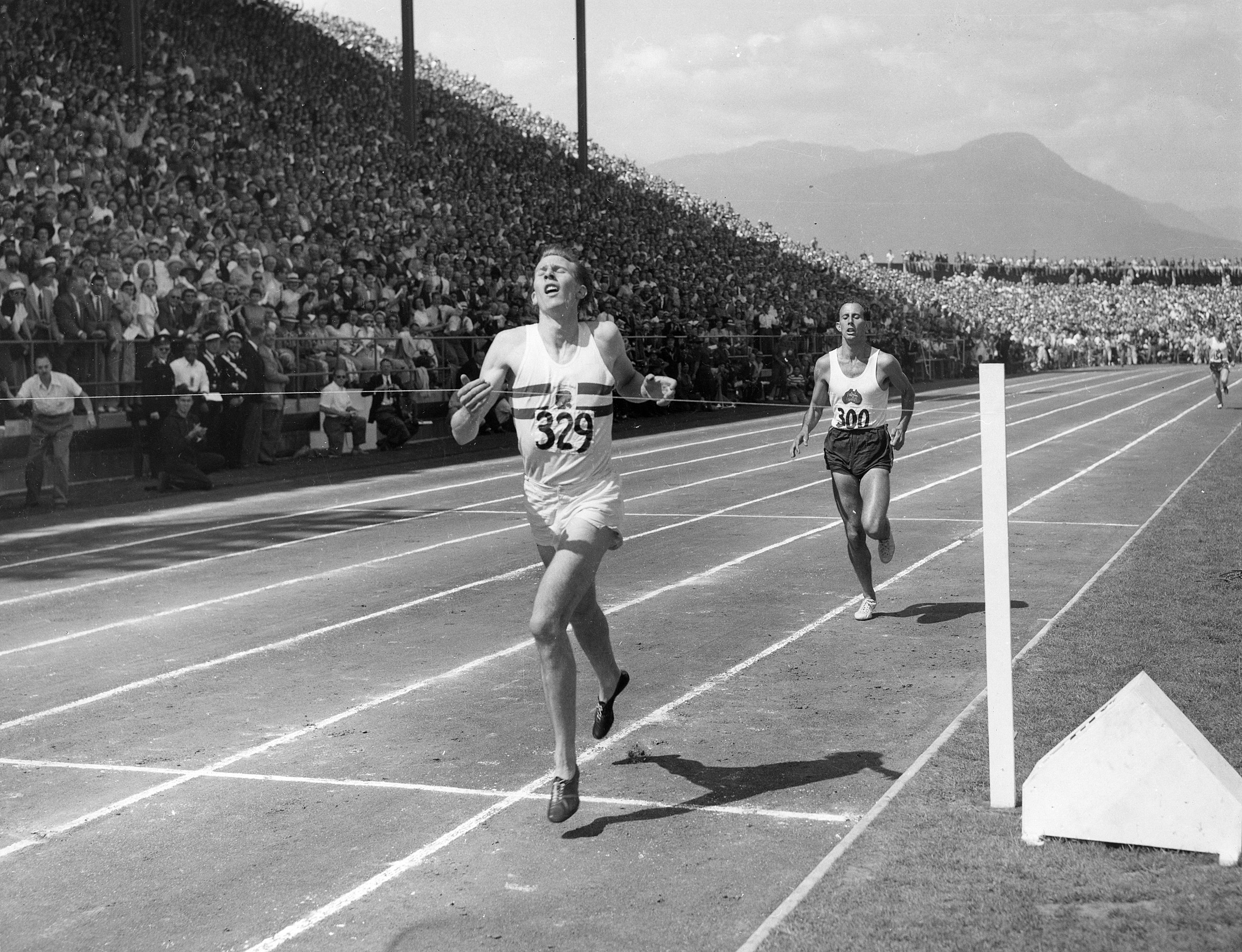

The early church Council of Nicea agreed on a wording to describe Christian beliefs in the Godhead. The early Christian Church, basing their doctrine on the words and ministry of Jesus Christ, and of the first Disciples, came up with the word ‘Trinity’ to describe very simply the belief in God as Father, Son and Holy Spirit. The Christian Church across the world has, from its inception, always believed that God is three-in-one, consisting of God the Father, God the Son (Jesus Christ), and God the Holy Spirit. Roger was a man of the people, a caring, compassionate doctor of medicine, and a follower of Jesus Christ.Īlthough a lifelong churchgoer, Roger’s parents were Unitarians, not Trinitarian Christians.

When asked whether the 4-minute mile was his proudest achievement, he said that he actually felt more proud of his contribution to academic medicine through research into the responses of the nervous system. Still only in his mid twenties, Bannister retired from athletics and went on to become an internationally renowned neurologist and the Master of Pembroke College at Oxford University.
#Roger bannister first 4 minute mile full
Despite Landy’s record being a full two seconds under four minutes and lasting for over three years, Roger Bannister is still the name everybody remembers because his record came first. Roger Bannister’s record was just point six of a second below 4 minutes, and it lasted just 46 days before being beaten by Australian John Landy on 21st June 1954 at an international meeting at Turku, Finland. Accompanied by fellow Olympic athletes Chris Chattaway and Chris Brasher as pacemakers, Bannister won the mile race in 3 minutes, 59.4 seconds.

His opportunity came on 6th May 1954 at Iffley Road track in Oxford, UK. Bannister would likely have won if he had been a full-time athlete with a stronger training regime, but he refused to postpone his medical training which he saw as his real ‘calling’ in life.īeing just one place off the medals at the Olympics gave Sir Roger the confidence that he could still run a sub 4-minute mile. He was fourth, but all the runners in the race had broken the previous Olympic record. We can only imagine what great things he could have accomplished if he had stayed in athletics.Īt the 1952 Olympics in Helsinki, Bannister set a new British record in the 1500 metres. His remarkable achievement took place in the middle of his tough medical studies and with the bare minimum of training, just 30 minutes per day, giving us an idea of what an outstanding athlete he really was. He would later serve as master (equivalent of president) of Oxford’s Pembroke College for nearly a decade.The former British athlete Sir Roger Bannister is best known as being the first athlete to run a sub 4-minute mile. Mary’s, for 20 years, focusing his research and teaching on degenerative disease and disorders of the autonomic nervous system. He became staff neurologist at London’s National Hospital in 1963 and worked there, and at St.

Hillary, known as “Burra Sahib” or “Big Man” by the people of Nepal for his 6-foot-2 inch frame, spent his post-Everest life building schools, water systems, roads and hospitals through the Himalayan Trust.īannister, at the height of his fame and athletic prowess, retired from competitive running in the same year as his record-setting feat in order to focus on medicine. I recall both speaking about their life-altering accomplishments, but what impressed me the most was how each used their celebrity and fame to bless the lives of others. As a graduate student at Oxford in 1991, some of the most memorable experiences I enjoyed were to hear lectures given by two remarkable individuals: Bannister and Sir Edmund Hillary, one of the first climbers to reach the summit of Mount Everest.


 0 kommentar(er)
0 kommentar(er)
